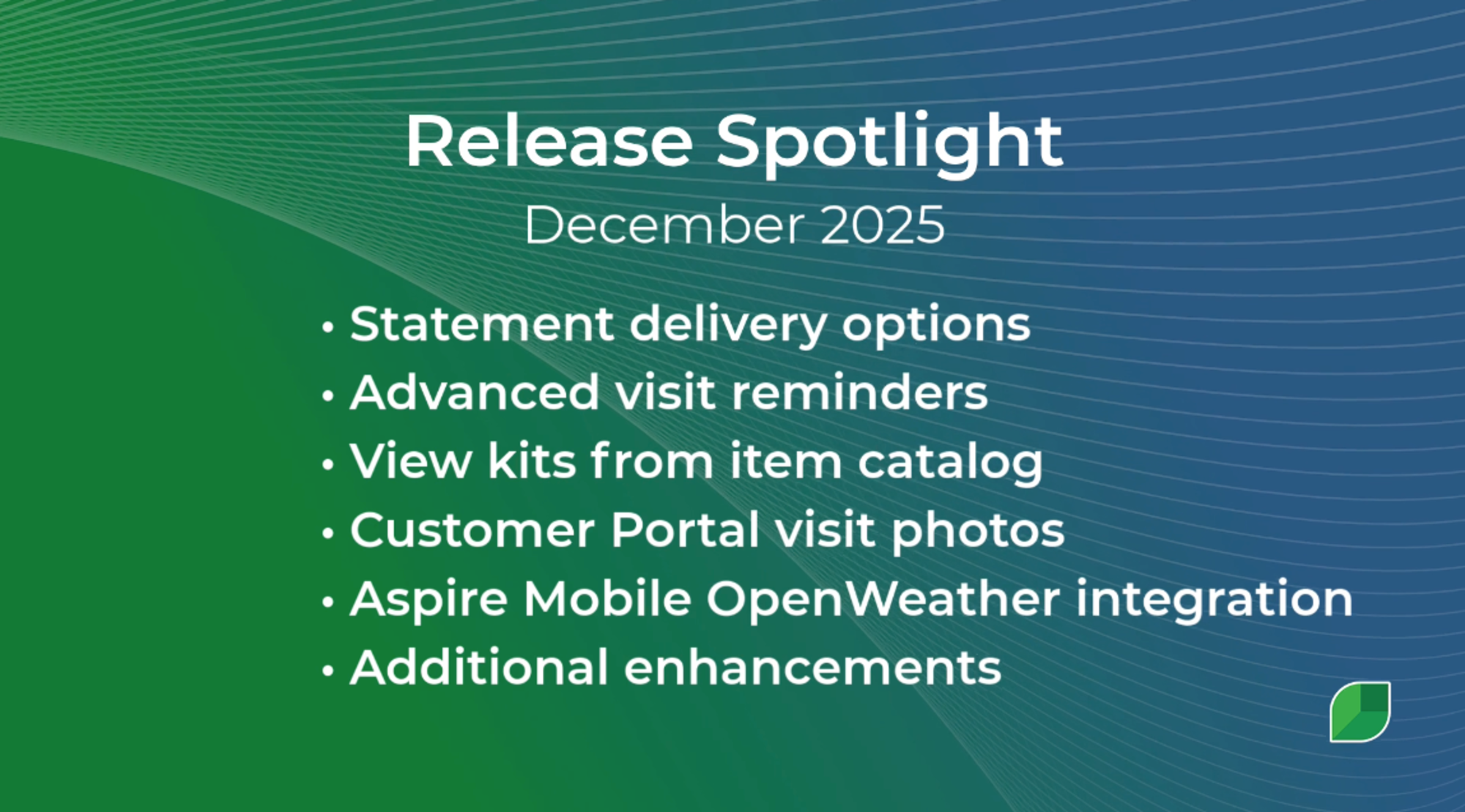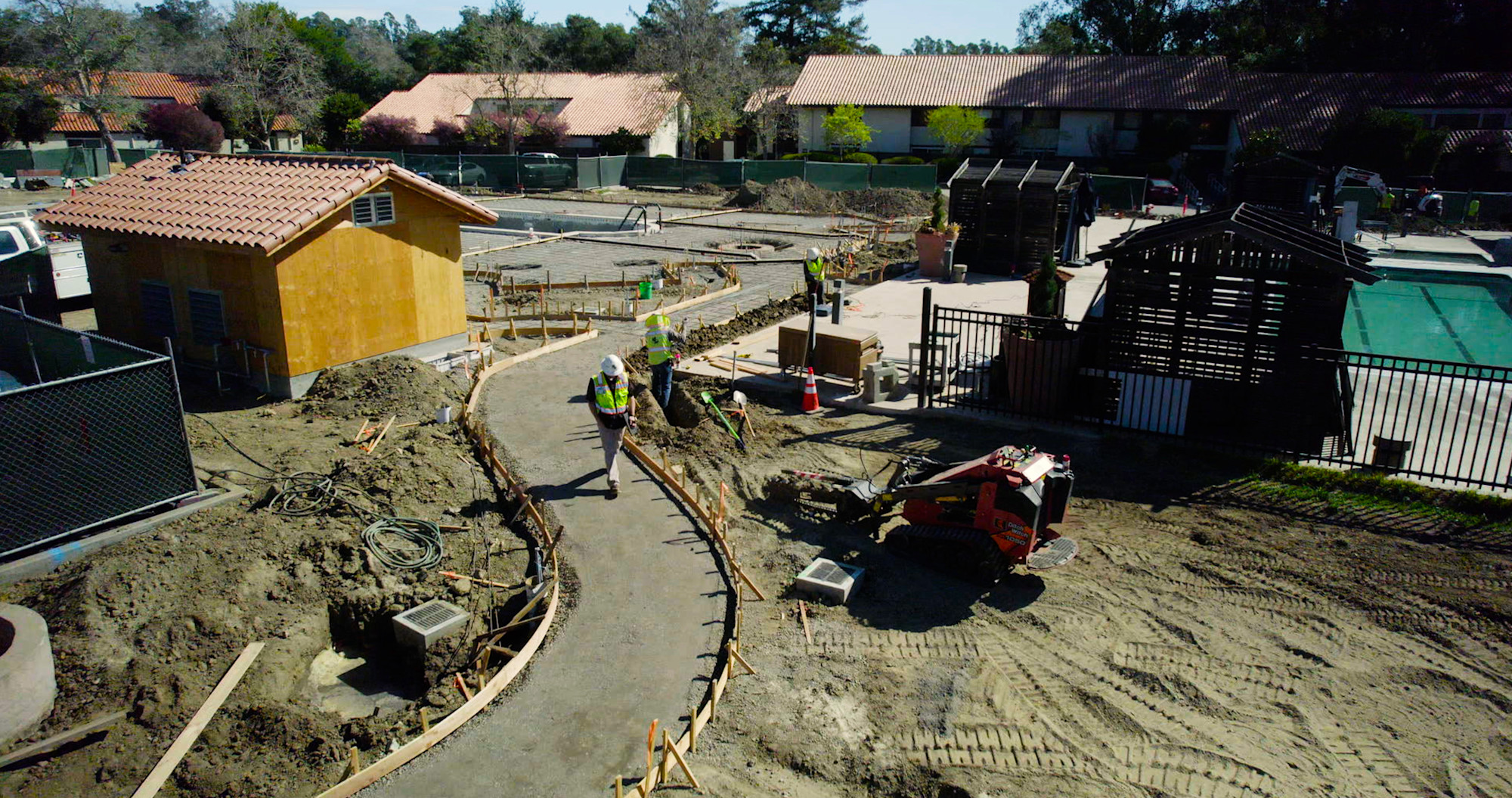Your estimate said 25% profit—but your actuals show 12%. Where did the money go?
This is the profit gap—the frustrating and costly difference between what you planned to earn and what hits your bottom line. On paper, the job looked solid. But profit quietly slipped away somewhere between the estimate, the field, and the final invoice.
For landscaping businesses, this disconnect is more common than you think. Estimators build numbers based on experience and instinct, but, in another way, estimates are built on assumptions.
Crews deliver the work under pressure and variable conditions.
Finance teams' invoices are based on what they think happened, not always what actually did. When those systems don’t talk to each other, the result is missed margins, change orders, scope creep, and billing delays.
The good news?
This profit gap isn’t inevitable. It’s a process problem—and it can be fixed.
This article will explore where the disconnects typically occur, what they cost your business, and how the most successful landscaping companies are closing the loop from estimate to invoice with better tools, tighter communication, and smarter workflows.
The Estimate Is a Promise—But Can You Keep It?
An estimate is more than a price. It sets the expectations for how the job will run:
How long it will take
How much it will cost
What resources are required
When estimates are accurate, they guide scheduling, procurement, and crew planning.
But if the numbers are off, they can become a liability.
The reality on the ground will never match an inaccurate estimate. If production rates are unrealistic, material quantities are wrong, labor hours are incorrect, and site challenges are overlooked.
The field team is left scrambling, either burning extra labor, delaying the timeline, or cutting corners—none of which is good for your margin or reputation.
The issue worsens when there’s a disconnect between estimators and field managers.
Without proper feedback loops, assumptions go unchallenged, and inaccurate practices continue unchecked. No one knows where things went off track—only that profits are lower than expected.
Margin loss doesn’t begin at the end of the job. It starts the moment execution drifts from the estimate. To close the profit gap, you need estimates grounded in real production data—and a process that keeps estimators and operators aligned from day one.
5 Ways Disconnects Derail Your Profit
Your field team can’t hit targets they can’t see—and your invoice can’t reflect work that was never tracked. Even the most carefully priced job can bleed profit when key information breaks down between estimating, operations, and finance.
Here are five common disconnects that widen the gap between planned and actual results:
1. Production rates don’t match real field performance. If estimates are based on ideal conditions or outdated assumptions, crews are set up to miss the mark. When tasks consistently take longer than estimated, you burn more labor than planned, shrinking your margin with every hour worked.
2. The scope of work isn’t clearly communicated to crews. When the scope isn’t defined clearly or shared with the field, crews make assumptions. This leads to overdelivery, missed services, or rework, all of which chip away at profitability and client trust.
3. Materials used on-site differ from the estimated amounts. Costs can spike if crews substitute materials due to availability or unclear instructions. Worse, if those changes aren’t recorded, finance teams may miss the overages, and the company absorbs the cost.
4. Change orders aren’t documented—or billed. Unplanned client requests are part of the job, but if they aren’t tracked and formally added to the scope, they don’t make it onto the invoice. You end up doing more work for the same money.
5. There’s no job costing review after the job closes. You can't learn from the variance if no one compares estimated vs. actual costs. Estimators keep repeating the same mistakes, and missed margins become routine rather than an exception.
These gaps aren’t just operational—they’re financial.
Without clear, closed-loop communication between teams, your profit margins will always be at risk, no matter how strong your initial estimate looks.
Job Costing Is the Bridge Between Estimate and Invoice
Job costing is the essential link between your planned spending and your actual spending. At its core, it’s the process of tracking and comparing estimated labor, materials, and equipment against what the job requires in real life. Done well, it shows you exactly where profits are made—or lost.
Waiting until the end of a project to review job costs is too late. By then, the damage is done. Regular job costing—weekly, or even daily—helps identify when a project starts drifting off plan. If labor hours are trending high or material usage is outside scope, you can step in before the margin disappears.
Here are a few ways to tighten the loop:
Review hours and production daily or weekly, not just at closeout.
Encouraging crew leads to flag issues early, from scope confusion to supply shortages.
Always compare invoice line items to the original estimate to ensure billing reflects reality.
Without job costing, companies are flying blind.
They can’t see where projects go off course, can’t learn from mistakes, and can’t protect future margins. It’s not just a back-office task—the bridge connecting your estimate to your bottom line.
Connect the Dots with Aspire
Solving the profit gap starts with connecting every phase of your job lifecycle—and that’s precisely what Aspire delivers.
As a cloud-based business management platform built for landscapers, Aspire links estimating, scheduling, time tracking, and invoicing in one integrated system. That means the details captured during estimating carry all the way through to the field and into billing, without getting lost or misinterpreted.
Aspire tracks actuals in real time, so as labor hours and materials are logged, you can immediately compare them to your original estimate. This visibility lets you catch margin slippage before it impacts your bottom line, not weeks later when the job closes and it’s too late to act.
On the front end, PropertyIntel empowers your estimators with precise digital takeoffs and aerial mapping tools. It streamlines the estimating process and integrates directly with Aspire, ensuring that every bid starts accurately and consistently.
North by Northwest Landscaping combined Aspire, PropertyIntel, and Covex to supercharge their operations and drive them into new record profitability.
By using PropertyIntel and Aspire together, they’ve cut estimating time in half, improved invoice accuracy, and gained clearer insight into job performance. “Having all of those programs talk to each other... has really just made everything a lot simpler and also more accurate,” said Vice President of Operations Tiffany Peters.
Together, Aspire and PropertyIntel help you turn a strong estimate into a profitable, trackable, and billable job.
Estimating Is Just the Start
A precise estimate is critical—but it’s not enough. Protecting your profit depends on how well your team executes in the field and how clearly you can track job performance from start to finish.
→ Even the best estimates can unravel without real-time visibility into labor, materials, and scope changes.
If you’re not consistently comparing actuals to estimates—or if your teams are working from disconnected systems—it’s time to evaluate your process. Closing the loop between estimating, operations, and invoicing turns projected margin into actual profit.
Schedule a demo or explore upcoming events to see how tools like Aspire and PropertyIntel are helping businesses streamline workflows, increase win rates, and protect margins.






